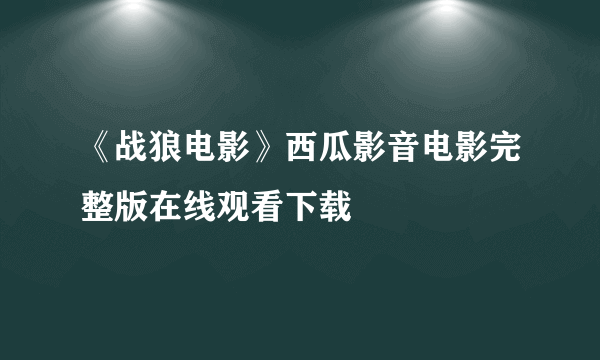皮格马利翁(卖花女)的英文简介
的有关信息介绍如下:
Pygmalion (1913) is a play by George Bernard Shaw loosely inspired by the Greek myth of the same name. It tells the story of Henry Higgins, a professor of phonetics who makes a bet with his friend Colonel Pickering that he can successfully pass off a Cockney flower girl, Eliza Doolittle, as a refined society lady by teaching her how to speak with an upper class accent and training her in etiquette. In the process, Higgins and Eliza grow close, but she ultimately rejects his domineering ways and declares she will marry Freddy Eynsford-Hill – a young, poor, gentleman.Shaw wrote the lead role of Eliza Doolittle for Mrs Patrick Campbell (though at 49 she was considered by some to be too old for the role). Owing to delays in mounting a London production and Mrs. Campbell's injury in a car accident, the first English presentation did not take place until some time after Pygmalion premiered at the Hofburg Theatre in Vienna on October 16, 1913, in a German translation by Shaw. The first production in English finally opened at His Majesty's Theatre, London on April 11, 1914 and starred Mrs Campbell as Eliza and Sir Herbert Beerbohm Tree as Henry Higgins; it was directed by Shaw himself.The Pygmalion myth was a popular subject for Victorian era English playwrights, including one of Shaw's influences, W. S. Gilbert, who wrote a successful play based on the story in 1871, called Pygmalion and Galatea. Shaw also would have been familiar with the burlesque version, Galatea, or Pygmalion Reversed.



